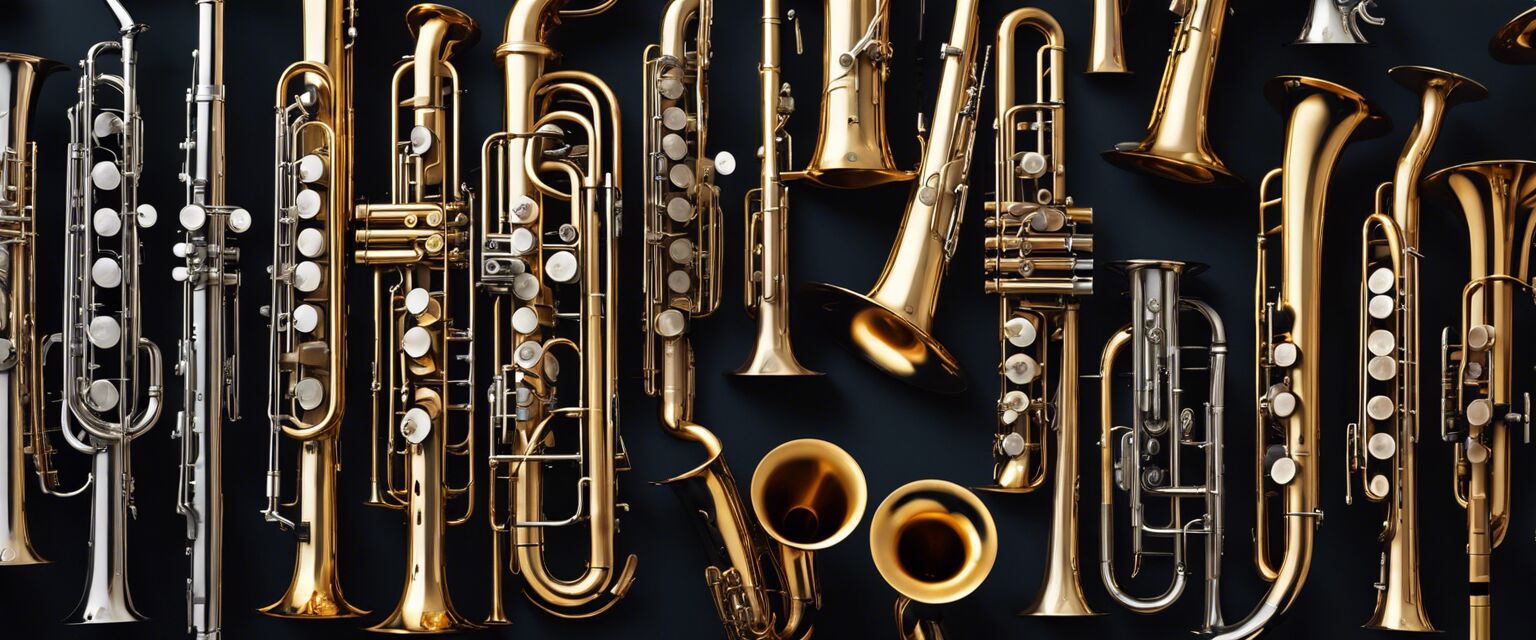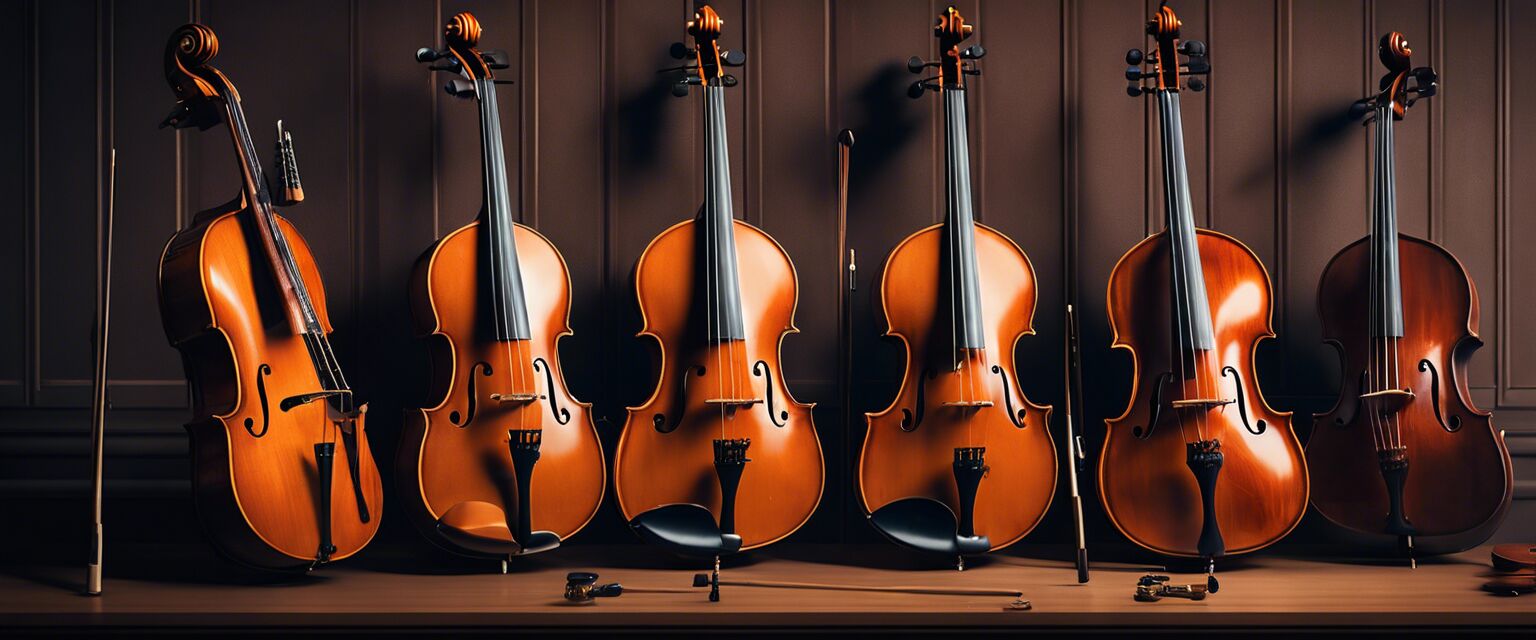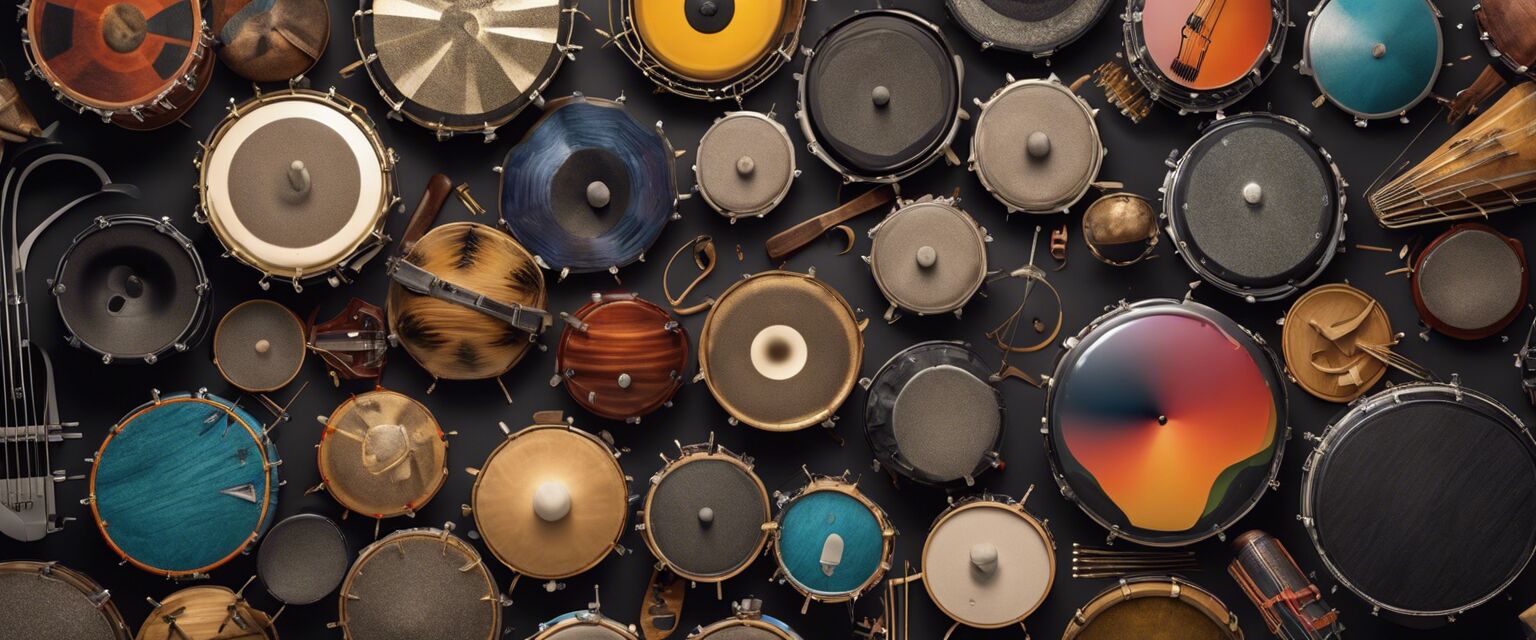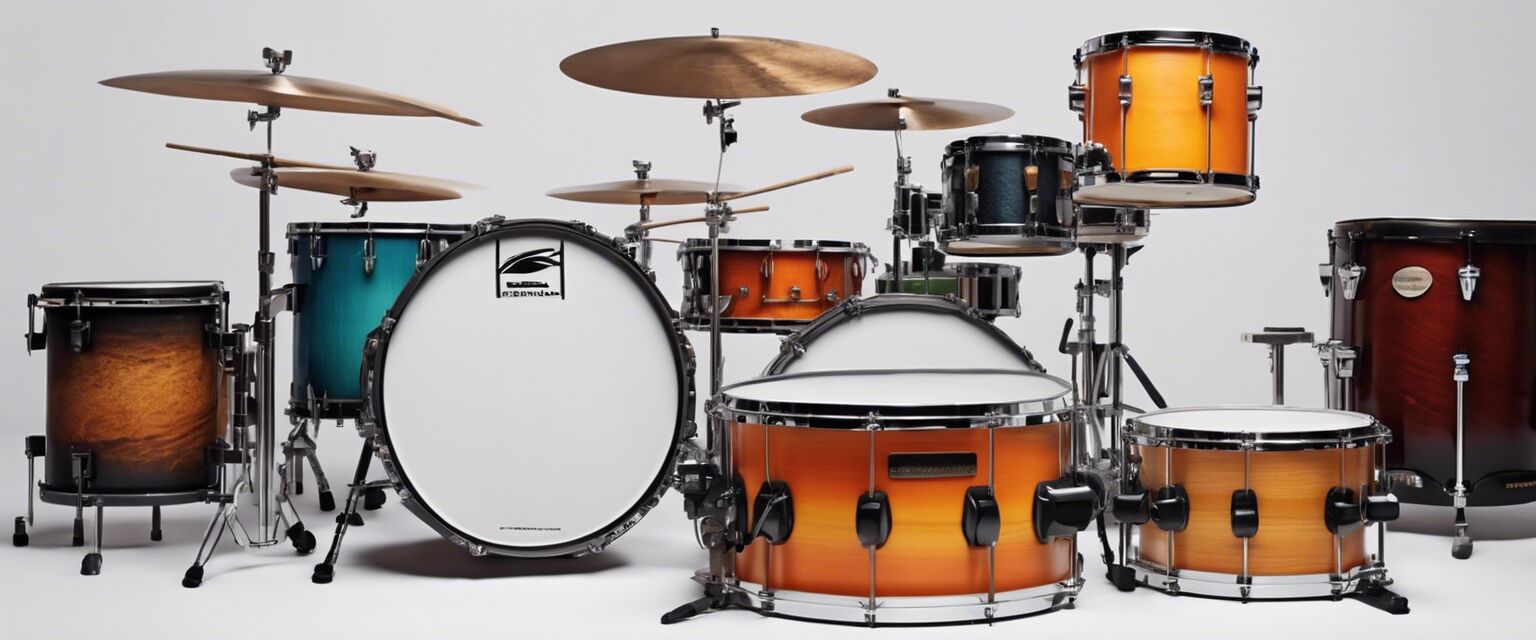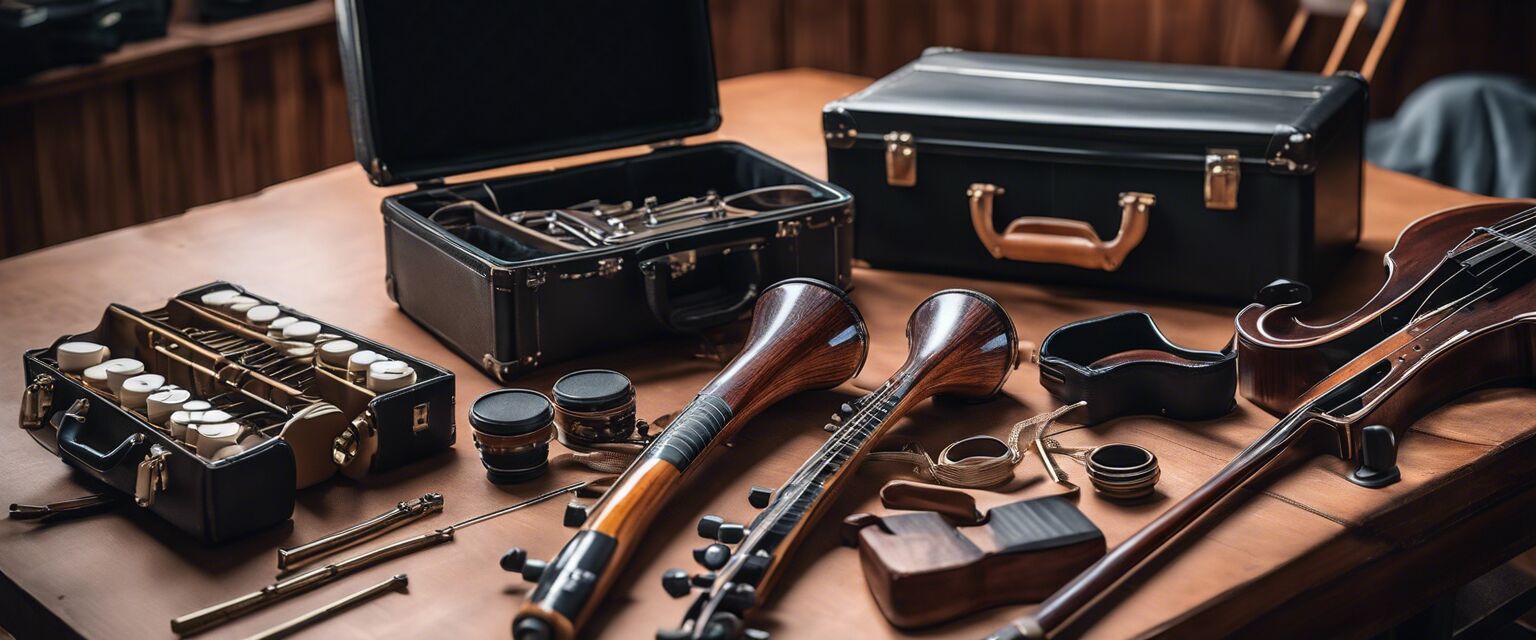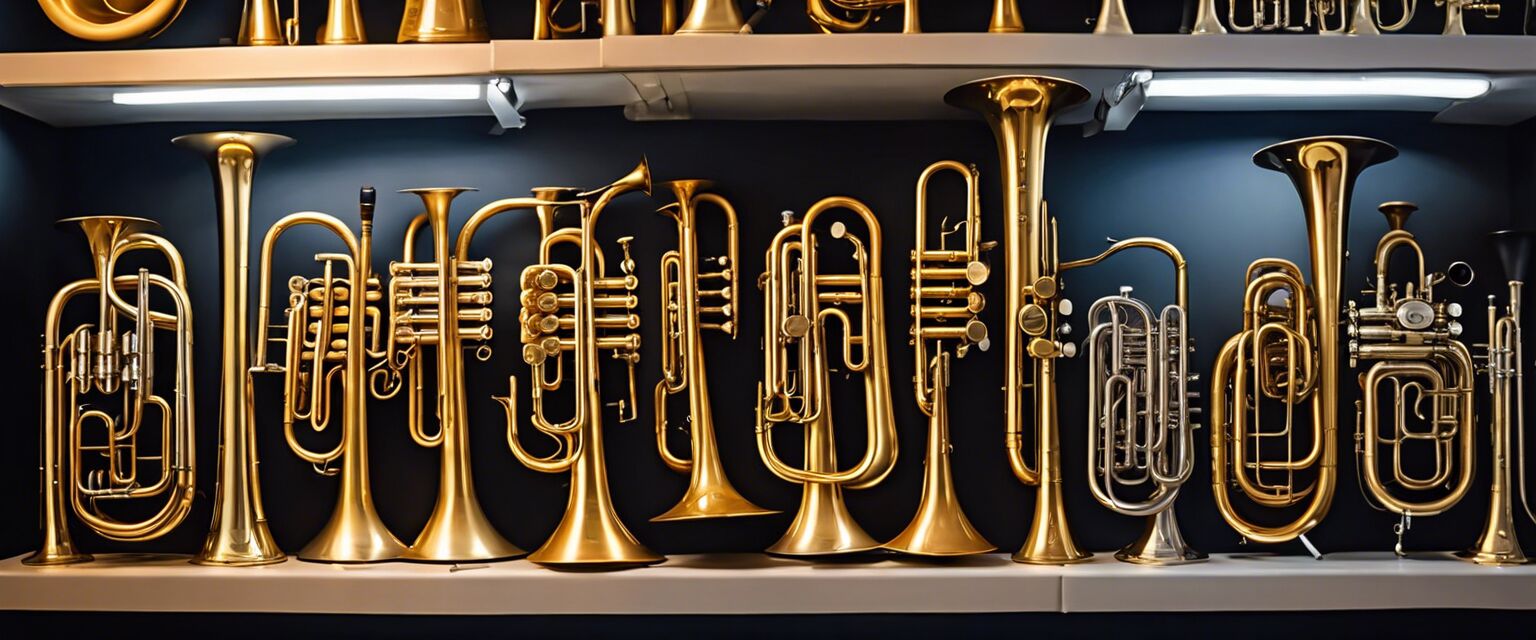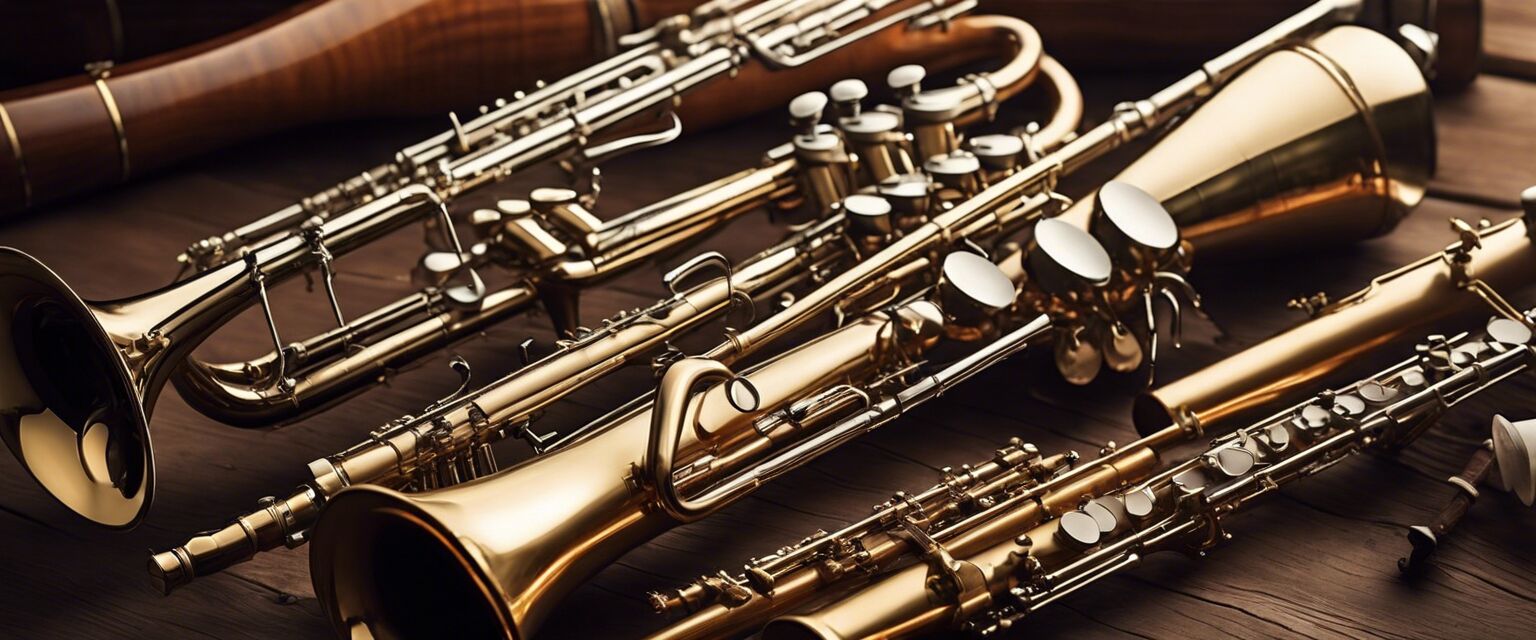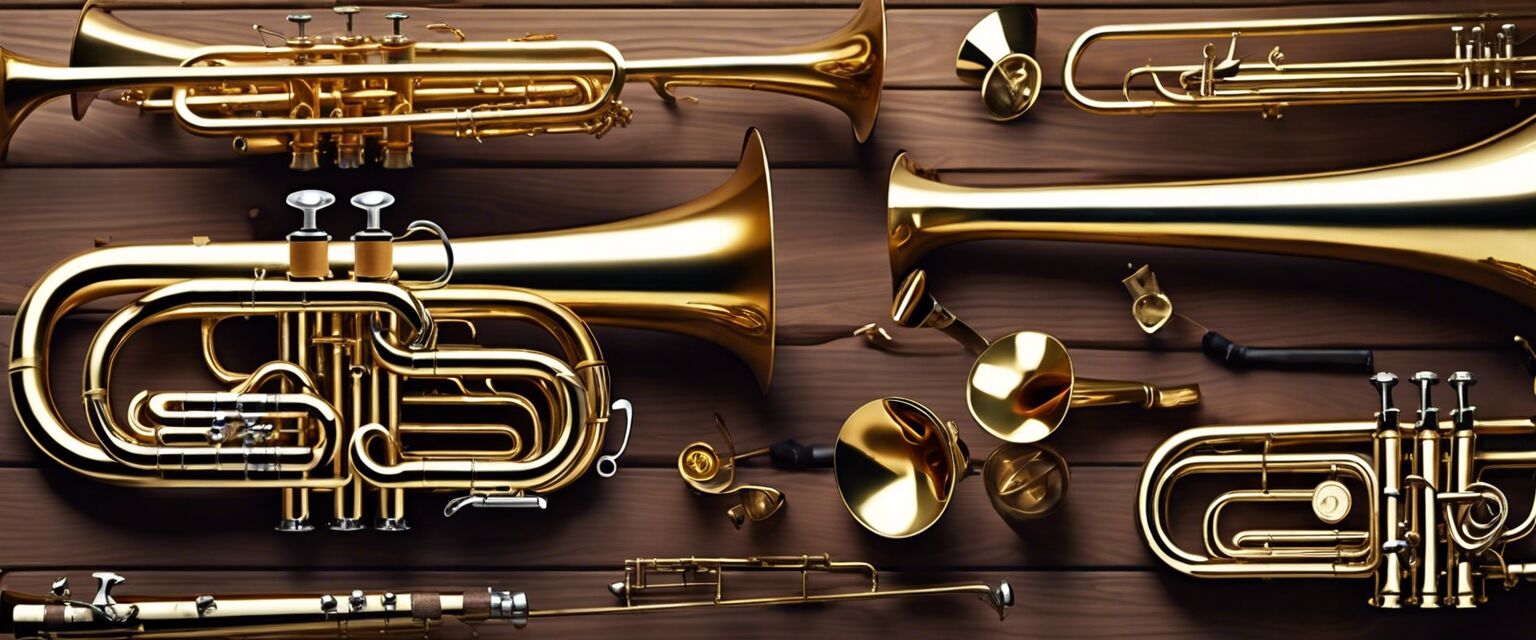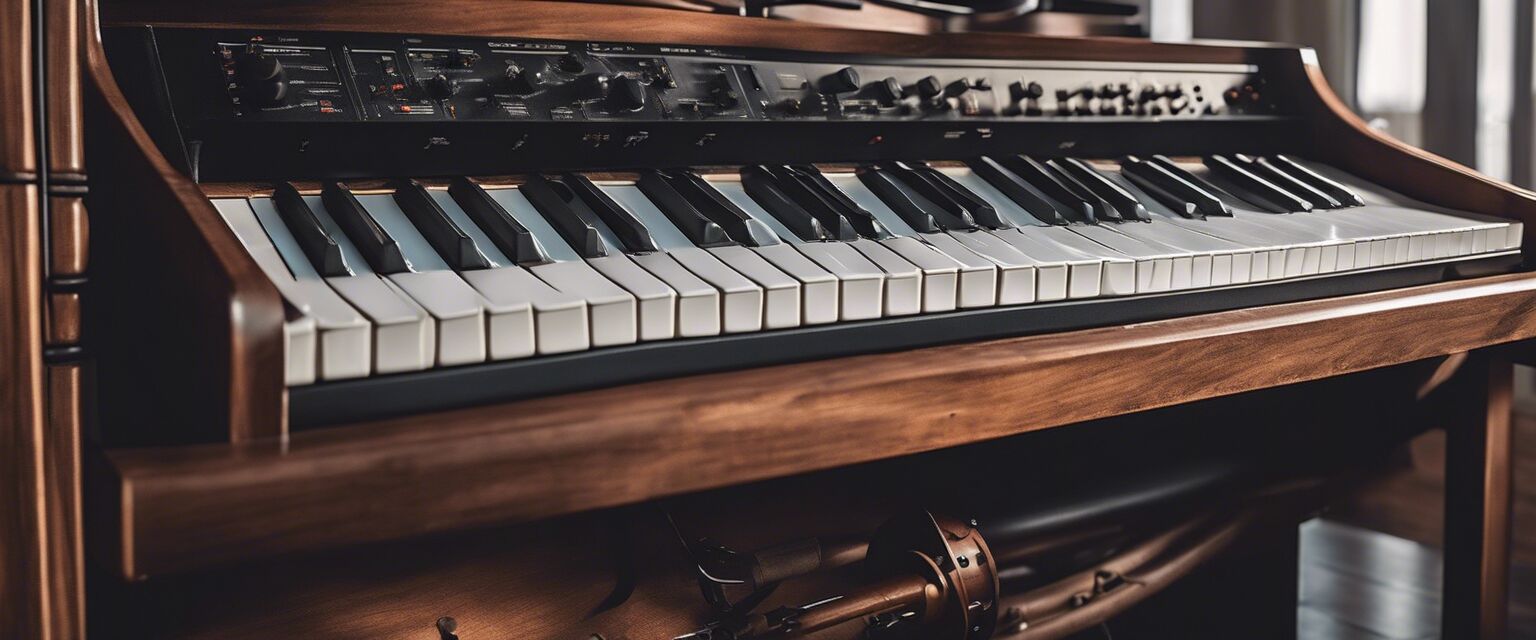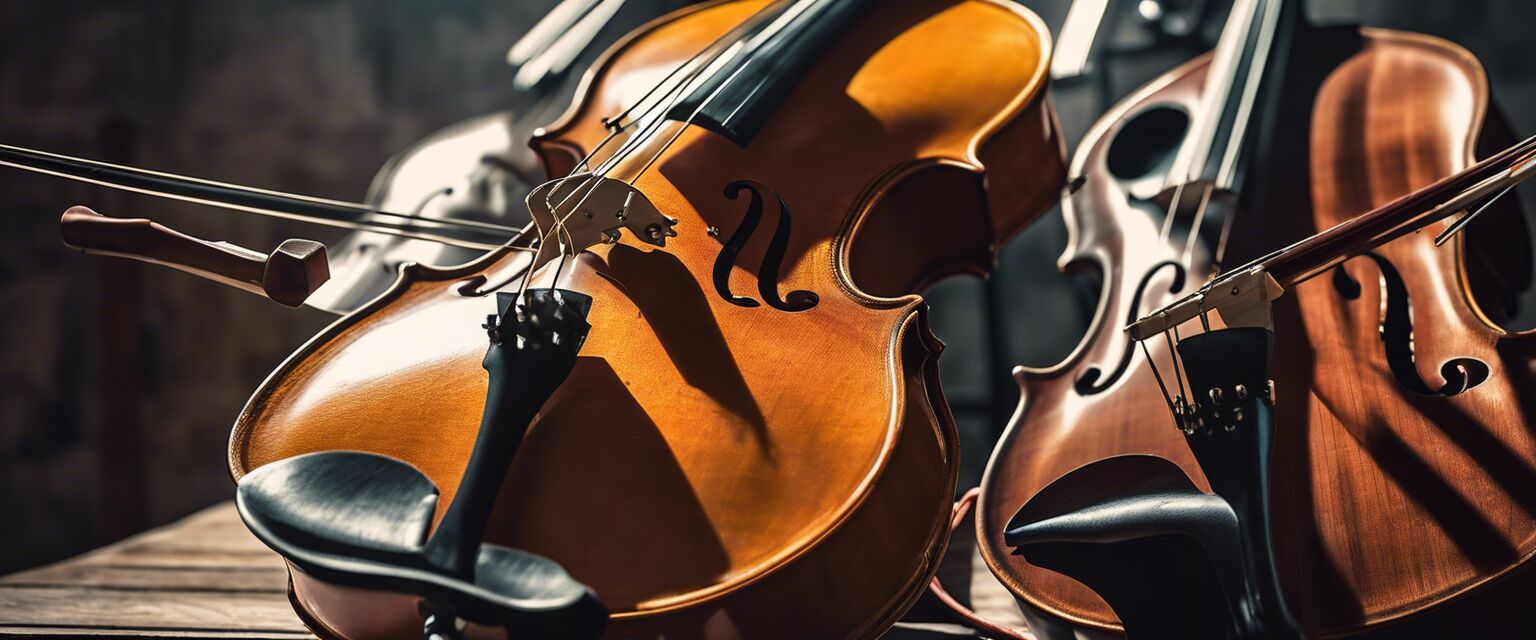
String Instruments: The Heart of Every Band
String instruments are an essential part of any band, adding depth, harmony, and rhythm to the music. From the soaring melodies of violins to the rich tones of cellos, and the rhythmic pulse of guitars, string instruments bring a unique character to every band.
Key Takeaways
- String instruments are categorized into three main families: violins, violas, and cellos.
- Guitars, both acoustic and electric, are also string instruments.
- Each string instrument has its unique role in a band, contributing to the overall sound and harmony.
Types of String Instruments
In a band, you'll typically find a combination of the following string instruments:
| Instrument | Description |
|---|---|
| Violin | The highest-pitched string instrument, often playing the melody. |
| Viola | Slightly larger than the violin, with a warmer, deeper sound. |
| Cello | The largest and lowest-pitched string instrument, adding depth and rhythm. |
| Guitar (Acoustic) | A versatile instrument, often playing chords and rhythms. |
| Guitar (Electric) | A variation of the acoustic guitar, with a more energetic and amplified sound. |
The Role of String Instruments in a Band
Each string instrument plays a vital role in creating the overall sound and harmony of a band:
- Violins often take the lead, playing the main melody.
- Violas and cellos add depth and harmony, providing a rich, layered sound.
- Guitars, both acoustic and electric, provide rhythm and chord progression.
Tips for Beginners
Getting Started with String Instruments
- Choose an instrument that resonates with you, and start with beginner-friendly lessons.
- Practice regularly to develop your technique and build confidence.
- Experiment with different genres and styles to find what suits you best.
Pros and Cons of Playing String Instruments
Pros
- Expressive and versatile instruments, capable of conveying a wide range of emotions.
- Can be played in various genres, from classical to rock and pop.
- Develops hand-eye coordination, fine motor skills, and cognitive abilities.
Cons
- Requires dedication and consistent practice to achieve proficiency.
- Can be physically demanding, especially for beginners.
- May require additional costs for lessons, equipment, and maintenance.
Whether you're a seasoned musician or a beginner, string instruments offer a world of possibilities for creative expression and musical exploration.
Discover the perfect string instrument for you, and start making music today! Explore our selection of string instruments.
Need accessories to complement your string instrument? Check out our range of instrument accessories.
Want to learn more about other band instruments? Explore our guide to brass instruments, or discover the world of woodwind instruments.
Ready to take your music to the next level? Get started with percussion instruments, and add the final touch to your band's sound.
Lastly, don't forget to explore our selection of keyboard instruments, perfect for adding that extra layer of depth and harmony to your music.
